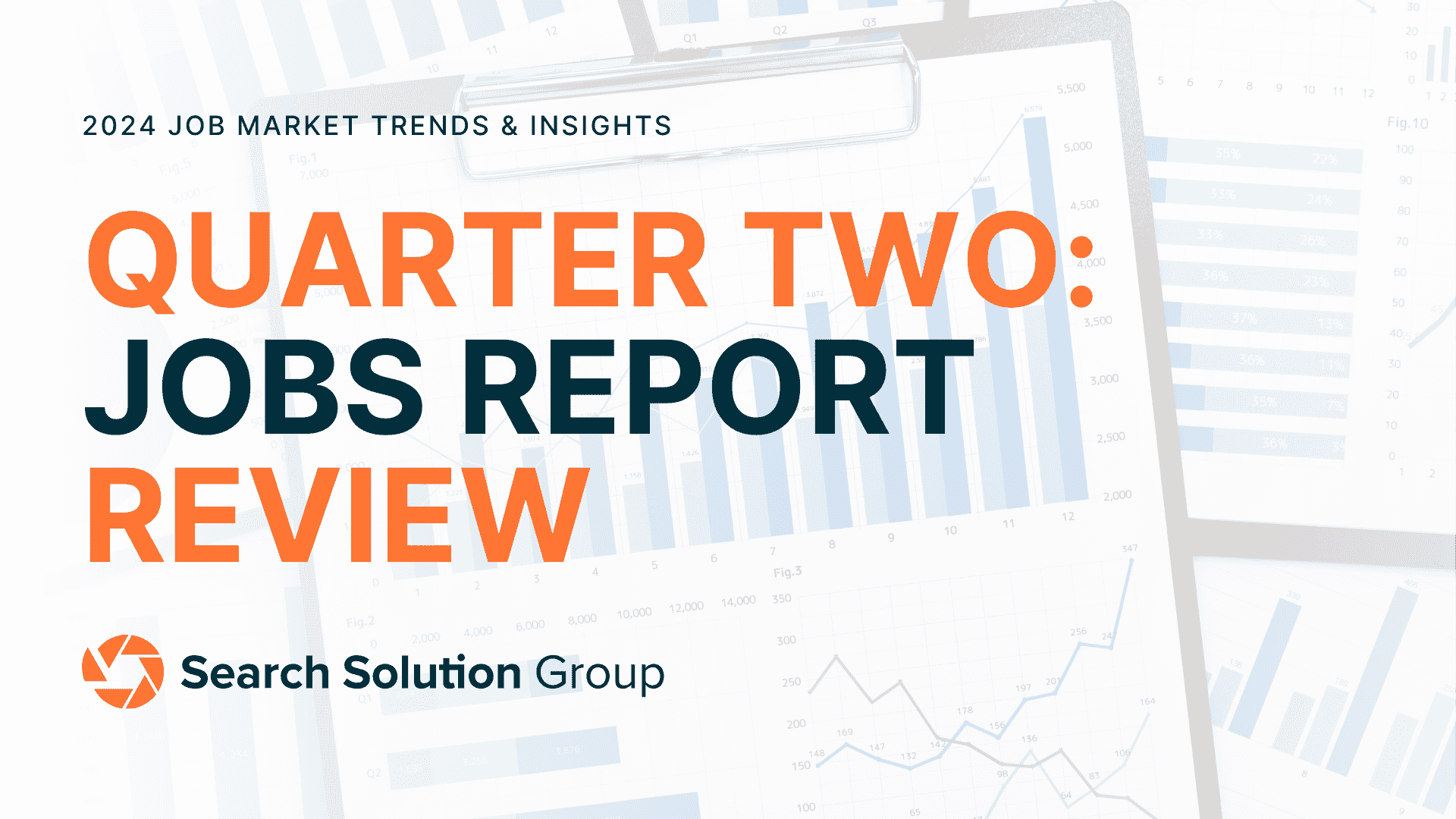Attracting top talent is only half the battle in today’s competitive business landscape—the real challenge lies in keeping these valuable players engaged and committed to your organization. In a world where career options are vast and employee expectations are high, retention has become as crucial as recruitment. Join us as we explore the indispensable techniques and insights necessary for retaining your most influential performers, ensuring your organization remains competitive and dynamic in an ever-evolving talent market.
Step 1: Identify Key Players Through Communication
The first step in retaining top talent is identifying your key players. To do this, you must communicate regularly with department leaders to understand each team member’s contributions, skills, and potential. It is crucial to recognize those who are not just meeting expectations but exceeding them and driving the team forward.
Communication should not be a top-down process. Engage with team leaders and encourage them to have regular one-on-one discussions with their team members. This approach helps in recognizing potential leaders and understanding each individual’s aspirations and career goals. By identifying and understanding your vital players, you can tailor your retention strategies more effectively.
Step 2: Ensure Individuals Feel Valued
Once you’ve identified your top talent, the next step is to ensure they feel heard, celebrated, and accommodated. Recognition plays a huge role in employee satisfaction. Acknowledging their hard work and contributions can significantly boost morale and loyalty. This could be through formal recognition programs, shout-outs in meetings, or even something as simple as a personal thank-you note.
Additionally, accommodating their needs in terms of work-life balance, flexible working conditions, and providing them with the tools they need to succeed shows that the organization cares about their well-being and professional growth. This not only helps retain staff but also builds a supportive company culture.
Step 3: Stay Competitive in Compensation
To retain top talent, it’s crucial to ensure that your compensation packages are competitive. Stay updated with the market trends related to salaries and benefits in your industry. Regularly review and adjust the compensation of your key players to reflect their current market value.
It is not just about matching what competitors might offer but also about understanding what compensations and benefits are most valued by your employees. Sometimes, non-monetary benefits like health insurance, retirement plans, or even stock options can be the tipping point for an employee deciding whether to stay or leave.
Step 4: Discuss and Plan for Growth
Career advancement is a significant motivator for many employees. Discussing growth opportunities with your top talent is essential. Understand where they see themselves in the future, what skills they are interested in developing, and how they wish to shape their career path.
Providing opportunities for professional development—such as training, certifications, and attending conferences—not only benefits your employees but also helps your company by enhancing their skills. Setting clear career paths and goals helps employees visualize their future within the company and discourages them from looking elsewhere for advancement opportunities.
Step 5: Have a Backup Plan
Despite all efforts, sometimes retaining top talent is not feasible due to various unforeseen events. It’s critical to have a comprehensive backup plan ready. This should include thorough succession planning and maintaining an active talent pipeline to fill essential positions efficiently and without major disruptions.
Furthermore, partnering with a recruitment firm can significantly strengthen this strategy. A recruitment firm can quickly supply qualified candidates, easing the transition during unexpected staffing changes. Encourage internal mobility by providing shadowing opportunities and mentorship programs, and promote from within as much as possible. These practices not only prepare your organization for potential exits but also inspire other employees by highlighting available opportunities for advancement within the company.
Additional Strategies to Consider
In addition to the core steps, consider implementing flexible work arrangements, which have become a staple expectation among today’s workforce. Flexibility can mean different things to different employees, including remote work options, flexible hours, or compressed work weeks.
Another strategy is to foster a strong company culture that aligns with your employees’ values and expectations. A positive work environment where employees feel safe and valued can significantly enhance retention.
Lastly, regular feedback loops between employees and management can help adjust strategies in real time and address any concerns before they lead to dissatisfaction.
Why Retention of Top Talent Matters
Retention of top talent requires a proactive approach. By communicating effectively, recognizing contributions, staying competitive in compensation, discussing growth opportunities, and having a robust backup plan, companies can ensure their top talent not only stays but thrives. These strategies, coupled with a genuine commitment to employee well-being and development, create a compelling reason for top performers to continue contributing to the company’s long-term success.





